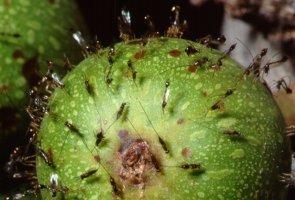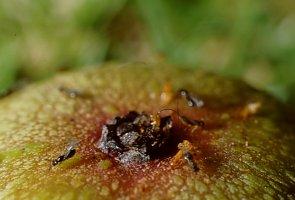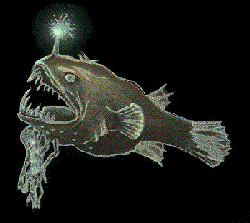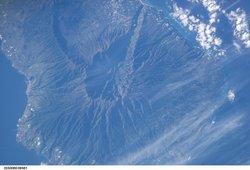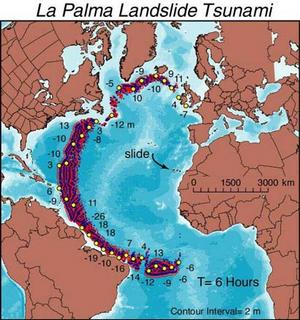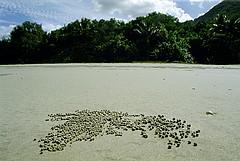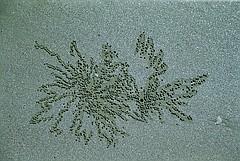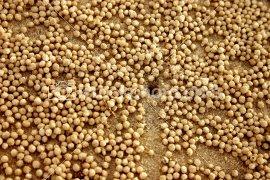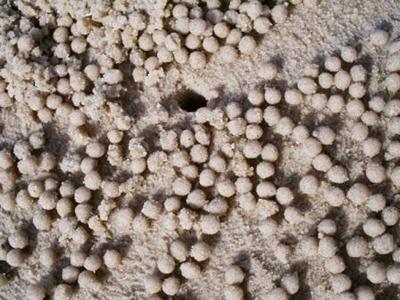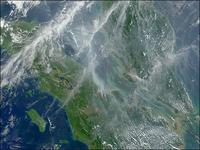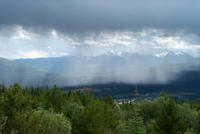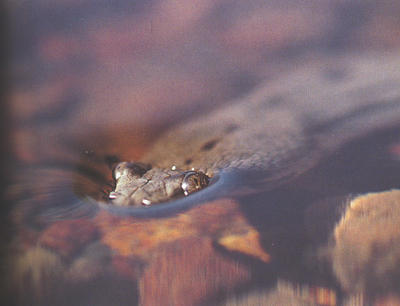
I always thought that catfish looked a little silly with their moustaches and whiskers. But then again, it was by their whiskers and moustaches that I recognized them anyway. So I should say they look 'distinguised'. Yeah.
Ok, when I say the word tastebud, which body part automatically pops into your head? The tongue, of course. But hey, believe or not, the catfish has tastebuds all over its body! There are tastebuds on their fins, back, belly, sides, and even on their tail. It's like a huge, swimming tongue with whiskers:

Ok ok, I confess, that's actually a cow's tongue, with drawn whiskers and fins and all. I was just trying ellaborate a point.
The highest concentration of tastebuds found outside the mouth, are just below the whiskers. Apparently there are many volcanos near the area, if looked under a microscope. And each, mini volcano is a tastebud. Pretty cool eh?
Anyway, the tastebuds on the body do serve a function. They help detect food by detecting chemicals, then the fish will be able to locate it by using it's whiskers as little "feelers", before the tastebuds in the mouth examine it to see whether the food's tasty or not.
On the estimate, a 6 inched catfish has about 6 million tastebuds on the average. Man, imagine those Mekong Catfish!

I'm guessing what... Gazillions of trillions of zillions?! And man, you won't need a microscope to check out the volcanic tastebuds. Heh.






